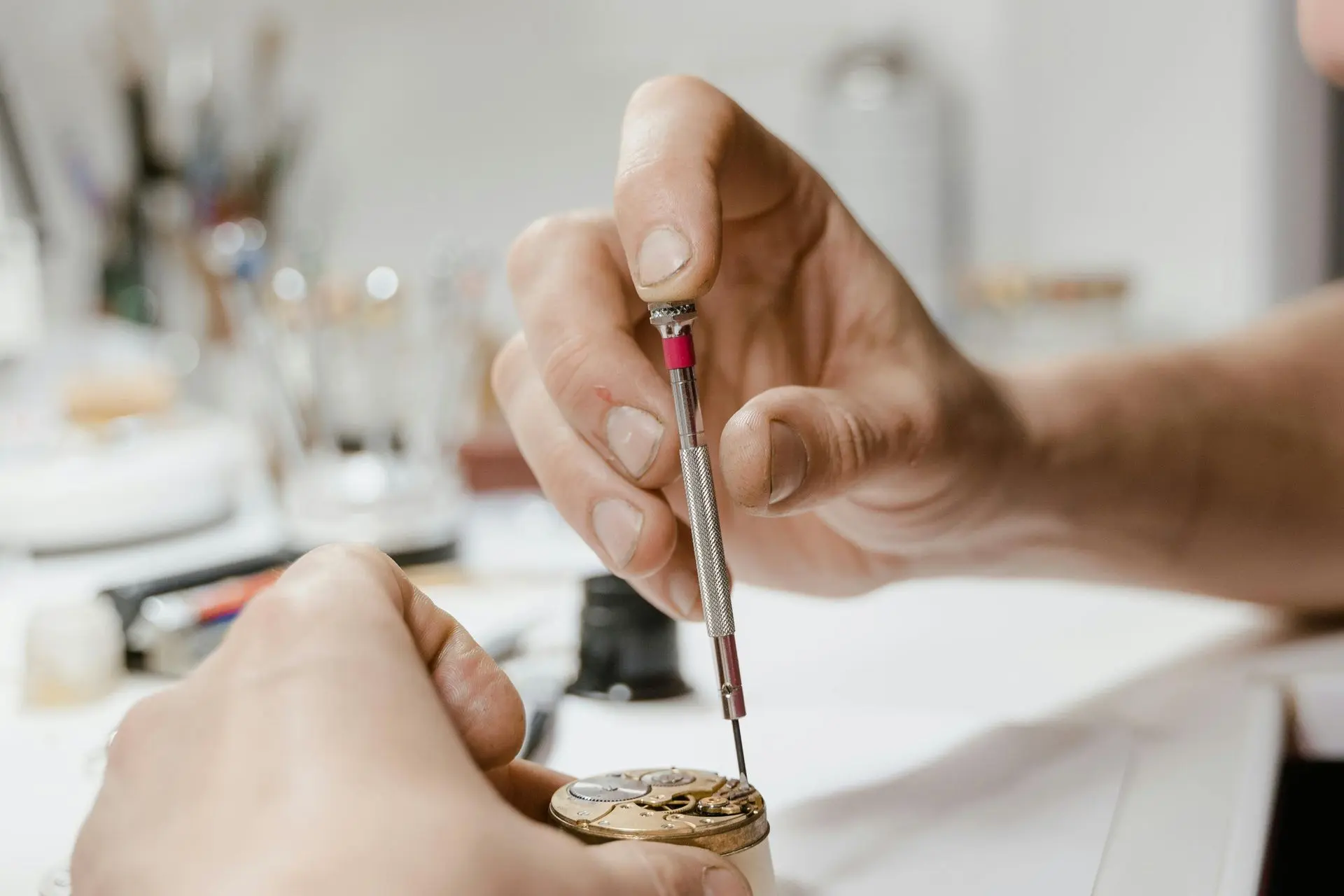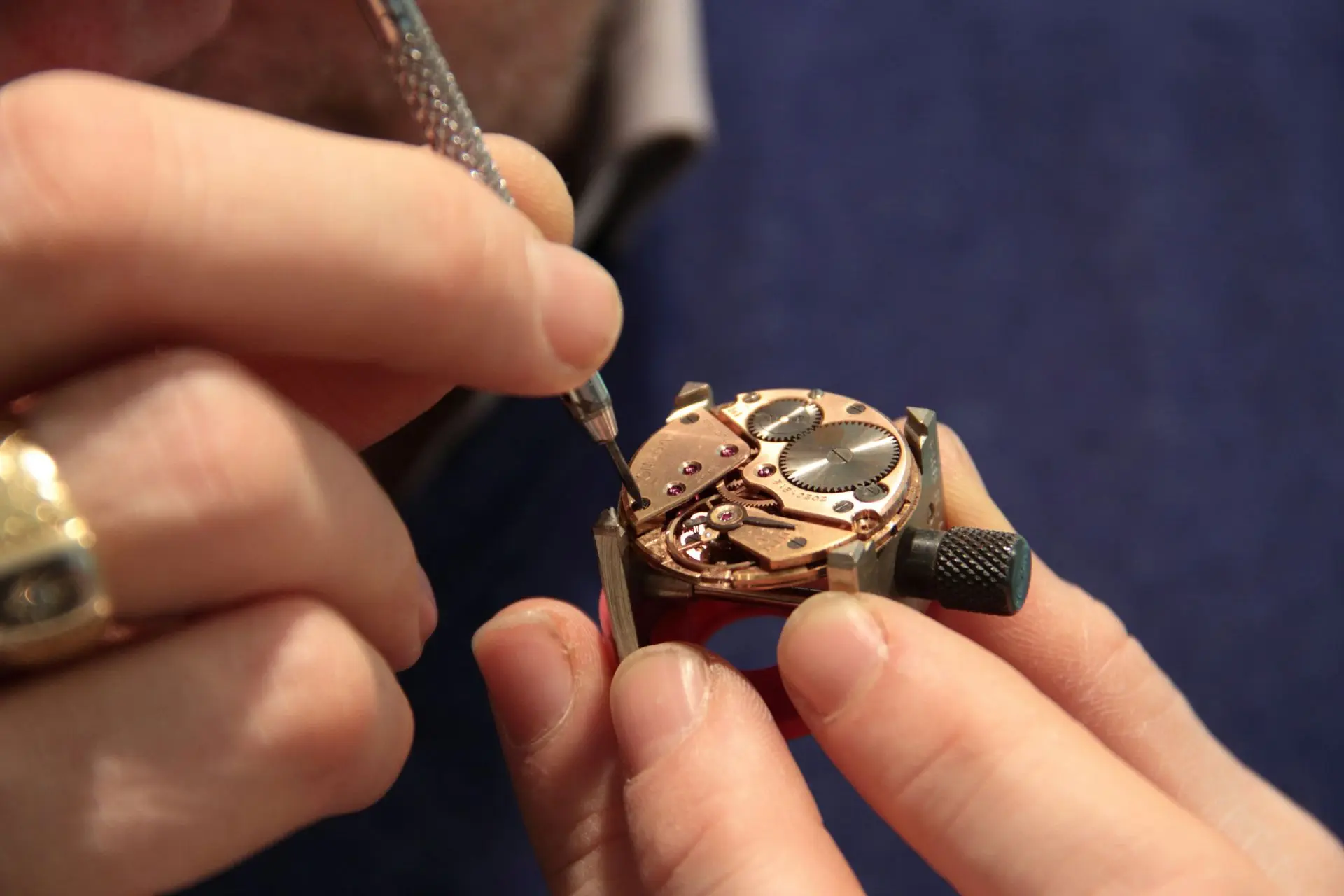The art, precision and human ingenuity of timekeeping have been mixed for centuries. But the female watchmaker has not always been noticed. Women have silently reshaped horology and provided innovation, art and technical expertise to the watches that we adore today.
What Is Horology and Why Does It Matter?
It is not merely the act of getting a watch to tick; horology is the science, art and engineering of time. Each of the timepieces embodies generations of craftsmanship and technology.
The reason why horology ought to please thyself:
- The art of engineering: NGV, Horology has applied mechanical ingenuity to gears to escapements.
- The art of expression: Watches are small canvases, combining design and functionality.
- Historical and cultural significance: Every work embodies centuries of traditions and methods.
- Human accomplishment: It demonstrates the combination of skill, precision and creativity.
Women have played a huge role in this development, though they are often not mentioned, and they have created fine-tuning mechanisms as well as shaped the philosophy of design nowadays.
The Forgotten Beginnings: Early Women in Watchmaking
Horology already involved women as early as the 17th century, usually in family workshops or the small craft studios of artisans. They dealt with delicate components that needed firm hands and a high level of detail which could be regarded as the best in women.
Key contributions included:
- Putting together gears, springs and escapements in a fine manner.
- Finishing parts to ensure a smooth operation and lasting durability.
- Decorating dials, cases and ornaments with artistic ability.
- Verifying and controlling watches when selling them.
Interesting fact:
These early European factories even allowed women to handle the most complex mechanical parts; their effort was not subject to slight defects. They are credited hardly ever, but their influence is still evident in the surviving antique timepieces today.
Barriers Faced by Female Watchmakers in History
Even with their competencies, women have been subject to the barriers in the system over centuries:
- Minimal formal training opportunities: Observe schools and apprenticeships, which have historically been dominated by males.
- Lack of guild membership: Trade guilds did not allow women to acquire recognition or licenses.
- Societal demands: Women were not supposed to engage in technical work but rather domestic work.
- Economic dependence: Numerous women depended on fathers or husbands, which restricted their own innovation.
Impact on you as a reader:
These obstacles ensured that even an outstanding performance of women went to waste. But it is the persistence of these women that created a platform upon which a more open modern industry was built.
Unsung Heroines of Timekeeping: Pioneers Who Shaped Horology
Some women became pioneers, making both technical and artistic horology
Pioneer | Contribution | Era |
Jeanne-Antide Plante | Developed balanced and reliable watches. | 18th century |
Rosalie Duvall | Expert in assembling and coating with ornamentation. | 19th century |
Harriet Parsons | Designed small-scale mechanical watches with elaborate designs. | Early 19th century |
Marguerite Reboul | Invented new designs of early wristwatches. | Early 20th century |
These women labored in places where they were not appreciated but their skills in art and precision in machines shaped whole workshops and established requirements for precision and to beauty.
Women Behind the Workshop: Hidden Hands in Major Watch Brands
Such brand names as Rolex, Patek Philippe and Breguet also relied on female workers.
Women contributed to:
- Dial engraving and finishing: Designing exquisite, age-old designs.
- Case polishing: This involves creating smooth, visually smooth surfaces.
- Movement testing and control: Ensuring the use of reliable timekeepingin all circumstances.
- Ornamentation and ornamentation through gem setting: The high end models were given a dose of exquisiteness and exclusivity.
Example:
At Breguet, it was the women who were required in hand-polishing the cases and in refining movements. Watches would not have made it to the level of accuracy and beauty that the brand would be associated with without their careful crafting.
The Modern Revolution: Female Watchmakers in the 21st Century
Women today are the pioneers and visionaries of the future of horology.
Notable modern figures:
- Carole Forestier Kasapi (Cartier): Complexly designed motions, featuring numerous complications.
- Christine Hutter (Moritz Grossmann) gave a fresh face to a traditional German brand, utilizing the latest craftsmanship.
- Catherine Renier (Jaeger-LeCoultre): CEO who incorporates innovation, inclusion, and design exceptionalism.
Characteristics of the contemporary watchwomen:
- Mechanical and design innovation leadership.
- Technical control and accuracy.
- Traditional modernity in visionary creativity.
Women in leadership now mentor young artisans, impact international exhibitions and lead big luxury brands to prove that horology is not a male profession anymore.
Independent Female Watchmakers Breaking Boundaries
Uniqueness in designs and mechanical advancement are the issues that are put forward by independent watchmakers.
Trailblazers include:
- Rebecca Struthers (UK): Refurbishes old watches and also invents new masterpieces.
- Fiona Kruger (Switzerland): Kruger is known to have creative artistic watches that have skulls, both in narration and mechanics.
- Lena Haye (Germany): Designs hand-finished watches, which are unique in movements and sustainable.
Why they matter:
- Completely handcrafted to the final watch.
- Bring together art, pictorial and engineering.
- Move a global audience of collectors and enthusiasts to adopt the idea of innovation over mass production.
Every time you pick one of those watches, you put creativity, history, and technical genius in your hands.
The Artistic Side of Horology: Women and Watch Design
The aesthetic part of watchmaking has been shaped by women since time immemorial.
Their influence includes:
- Engraving and etching: The personal touch and the narrative.
- Miniature painting: The art of narrating fine stories on small dials.
- Gem-setting and design: The development of timepieces that are aesthetically opulent and are desired by the collector.
- Creative design of case and dial: The use of unconventional form and unusual decorations.
Women continue to redefine visual trends to date by influencing the colors, shapes, and surfaces of watches. Their influence is evident in luxury and independent brands.
How Female Watchmakers Inspire Future Generations
Women are also now very active in mentoring the new generation, and horology is guaranteed to live on.
How they inspire:
- Education in highly rated horology institutions and higher education institutions around the globe.
- Conducting apprenticeship programs, workshops and mentorship programs.
- Funding such programs as Time to Learn and WatchHerGrow.
- Enhancing learning of STEM and arts among female youths and women.
With the help of these activities, the new generation of watchmakers is not homogeneous but experienced and empowered to carry on with the work that began hundreds of years ago.
Global Recognition of Women in Horology
The role of women is being glorified all over the world.
Recognition platforms:
- Geneva Watch Days: The event includes women's panels and workshops.
- GPHG Awards: Rewards high quality workmanship and innovation.
- Watches and Wonders Geneva: Pricing female-driven creations and innovations.
As a reader, you can observe how such recognitions would serve to give women their skills, innovation, and creativity the due recognition they deserve and highlight them in the industry.
Historical vs Modern Female Watchmakers: Comparison Table
Aspect | Historical Women | Modern Women |
Recognition | Mostly anonymous | Widely recognized |
Roles | Assembly, finishing | Engineering, design, leadership. |
Tools | Hand tools, basic machines | Turbo technology, CAD and up to date equipment. |
Influence | Limited, local | Global, industry shaping |
Education | Informally learned in families. | Formal horology schools |
This table allows you to observe how women transformed in the horology field—becoming artists unknown to the world and then becoming world-makers.
Why Telling These Stories Matters
It is essential to mention women in the world of horology:
- Maintains historical input and heritage.
- Further equality, visibility and representation in technical sectors.
- Encourages the young generation to take up careers in watchmaking.
- Tells you that creating a timepiece uses ingenuity, accuracy and creativity of man, enhanced over centuries by women.
Each book that you read enhances the bond between the old and the new and makes you appreciate the art and innovation that women added to horology.
Conclusion
The story of the female watchmaker proves that talent, creativity and precision do not have gender. Women have been quietly defining horology over the centuries and currently drive innovation in both design and engineering.
These impressive works are celebrated at Leitzeit through their encouragement of craftsmanship, inclusion and innovation. Discover our brand and meet the women who changed the history of watchmaking. Each movement of a watch is a reminder of their vision, their art, and their devotion—we would like you to enjoy the eternal contribution of women in watchmaking.
FAQs About Female Watchmakers
Who was the first female watchmaker?
One of the first recorded female crafts was Jeanne Antide Plante in 18th-century France.
What challenges did early female watchmakers face?
They had very little education and societal confinement and received little acknowledgement and most of the time they lived anonymously.
Do we have any modern-day female watchmakers?
Yes—Carole Forestier-Kasapi, Christine Hutter, Rebecca Struthers, and Fiona Kruger are at the head of innovation and design.
What are the roles that women play in horology now?
Women manage key brands, make personal watches, and educate and mentor novice craftsmen around the world.
What is the point of knowing about female watchmakers?
Knowledge of the past is the best way to maintain the past, nurture talents, and promote equality in the watchmaking industry.